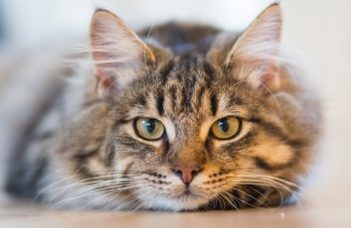New study about cats’ social understanding capacity

It is an intriguing question whether cats’ social understanding capacity, including the sensitivity to ostensive signals (resulting in fast preferential learning of behavioural choices demonstrated by humans), would be comparable to that in dogs. In a series of A-not-B error tests, we investigated whether the ostensive or non-ostensive manner of human communication and the familiarity of the human demonstrator would affect the search error pattern in companion cats. Cats’ performance showed an almost completely different distribution of perseverative erring than earlier was shown in dogs and human infants. Cats demonstrated perseverative errors both during ostensive and nonostensive cueing by the owner and also during non-ostensive cueing by the experimenter. However, unlike prior studies with dogs, they avoided perseverative errors during the experimenter ostensive cueing condition. We assume that the reliance on human ostensive signals may serve different purpose in companion dogs and cats—meanwhile in dogs, human ostension could support fast rule learning, in cats, it may have only a circumstantial attention-eliciting effect. Our results highlight the need of conducting further throughout experiments on the social cognition of cats, based on their own right beside the traditional cat–dog comparative approach.
Original paper:
Pongrácz, P. & Onofer, D. L. (2020): Cats show an unexpected pattern of response to human ostensive cues in a series of A-not-B error tests. Animal Cognition

